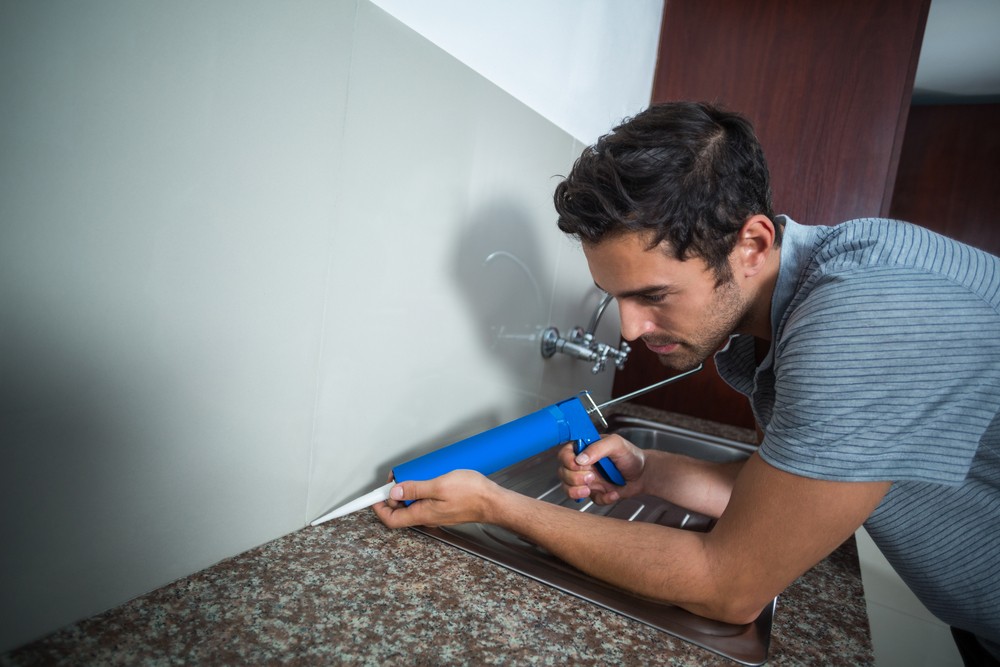Instead of spending hundreds of dollars on professional extermination services, homeowners are turning to DIY solutions that are both effective and affordable. With a little knowledge and the right approach, tackling minor pest issues can be a manageable and budget-friendly task.
DIY pest control methods not only help save money but also provide homeowners with greater control over how they manage infestations. Whether dealing with ants, roaches, mosquitoes, rodents, or other unwelcome guests, there are a variety of cost-effective solutions available, ranging from natural home remedies to specialized store-bought products. Many DIY techniques utilize common household ingredients like vinegar, baking soda, or essential oils, while others involve strategic prevention measures such as sealing entry points and maintaining cleanliness to deter pests before they become a problem.
Beyond financial savings, DIY pest control also allows homeowners to opt for eco-friendly solutions that reduce reliance on harsh chemicals, making it a safer choice for families, pets, and the environment. By taking a proactive approach and implementing simple yet effective strategies, homeowners can maintain a pest-free home while keeping expenses under control. With the right knowledge and tools, DIY pest control is a practical and empowering alternative that can yield impressive results without breaking the bank.
Evaluating the Pest Problem
It’s crucial to understand the type of pest problem you’re dealing with first and foremost. Different bugs require different strategies, and mistaking a pest could lead to ineffective treatment. Common household pests include ants, cockroaches, spiders, fleas, bed bugs, and termites. Identifying the pests accurately should always be your first step. A thorough inspection of your home can reveal not only what pests are present but also where they are gaining entry and where they are most active.
General Prevention Tips
The best way to control pests is to prevent them from entering your home in the first place. Many simple and inexpensive techniques can form the foundation of effective pest prevention:
- Seal Entry Points: Check for and seal cracks in walls, gaps around windows and doors, and any other potential entry points.
- Maintain Cleanliness: Ensure that food scraps are promptly cleaned, dishes aren’t left unwashed, and trash is taken out regularly. Pests are often attracted to food residues.
- Proper Food Storage: Keeping food sealed in airtight containers not only keeps it fresh but also deters pests.
- Regular Yard Maintenance: Keeping shrubs trimmed and the lawn mowed reduces potential nesting areas.
DIY Pest Control Methods
Once you’ve identified the problem and taken preventive measures, it’s time to explore some practical DIY solutions for on-going pest issues. Here are effective strategies tailored to specific critters or general pest problems:
Natural Remedies
If you’re environmentally conscious or prefer chemical-free solutions, natural remedies can be quite effective for managing household pests.
- Vinegar and Essential Oils: A mixture of vinegar and a few drops of essential oils, such as peppermint or eucalyptus, can repel ants and spiders. Spray this mixture along entry points and affected areas.
- Baking Soda and Sugar for Cockroaches: Mix equal parts of sugar and baking soda and place it in areas frequented by cockroaches. Sugar lures them, while baking soda disrupts their bodily functions.
- Diatomaceous Earth: A favorite among DIYers for its effectiveness, diatomaceous earth is a powder made from crushed freshwater organisms. It’s harmless to humans and pets but can kill a wide variety of insects by dehydrating them. Sprinkle it in suspected pest areas.
- Cucumber Peels for Ants: Placing cucumber peels in kitchen corners or near ant trails can effectively repel ants. They find the scent offensive, and it’s a non-toxic method to keep them at bay.
Homemade Traps
Homemade traps can be a powerful tool in your pest control arsenal, offering a low-cost alternative to commercial traps.
- Sticky Traps for Flies and Roaches: You can build a sticky trap using cardboard and a sticky substance like petroleum jelly. Place them in places where pests frequently travel.
- DIY Fruit Fly Trap: A simple trap can be made by filling a bowl with apple cider vinegar and covering it with a plastic wrap with poked holes. Fruit flies are attracted to the vinegar and will find themselves trapped.
Store-Bought Solutions
If natural or homemade options aren’t doing the trick, several affordable store-bought alternatives can offer relief from pests.
- Boric Acid: This can be effective for roaches and ants. When pests come into contact or ingest boric acid, it leads to their death. Sprinkle it in out-of-reach areas to ensure safety for pets and children.
- Sealable Bait Stations: These are often preloaded with attractants and can effectively deal with ant or roach infestations. Placing several bait stations throughout your home can systematically reduce their population.
Ultrasonic Pest Repellers
A modern, albeit debated, approach to DIY pest control involves using ultrasonic pest repellers. These devices emit frequencies believed to irritate and deter pests, though efficacy varies according to consumer reviews.
When to Call in the Pros
DIY pest control is consistently effective for minor and moderate issues. However, it’s crucial to recognize when an infestation is beyond DIY scope. Termites, for instance, are pests that often require professional intervention due to the extensive structural damage they can cause. Similarly, a large-scale bed bug infestation might need the expertise of an experienced exterminator to effectively eliminate them.
There may also be scenarios where the pest issue poses health risks, such as with venomous spiders or certain rodents. In such cases, safeguarding your family becomes the priority, and it is advisable to involve a professional to address the concern safely and thoroughly.
The Cost Aspect of DIY Pest Control
It’s worth noting that DIY pest control can be a cost-effective alternative to professional services. Many of the recipes and techniques provided require common household goods, or involve a one-time purchase of non-perishable items with lasting value. For example, a small investment in diatomaceous earth can provide a long-term solution for various pest issues across the years.
Store-bought solutions like bait stations and boric acid, though marginally more expensive than basic homemade solutions, still pale in comparison to the potential costs of hiring a full-scale pest control service. By utilizing these lower-cost methods as a first line of defense, homeowners can realize significant savings while managing to maintain a safe, pest-free home environment.
With the range of eco-friendly and non-toxic solutions available, DIY pest control also offers consumers the ability to select remedies that align with their environmental values, sometimes leading to healthier home surroundings than the synthetic chemicals often employed by commercial exterminators.
In embracing DIY pest control methods, not only do consumers sustain their budgets, but they also empower themselves with knowledge and skills to maintain their households effectively. A little diligence and prevention can go a long way in keeping those pesky pests where they belong—outside your home.



